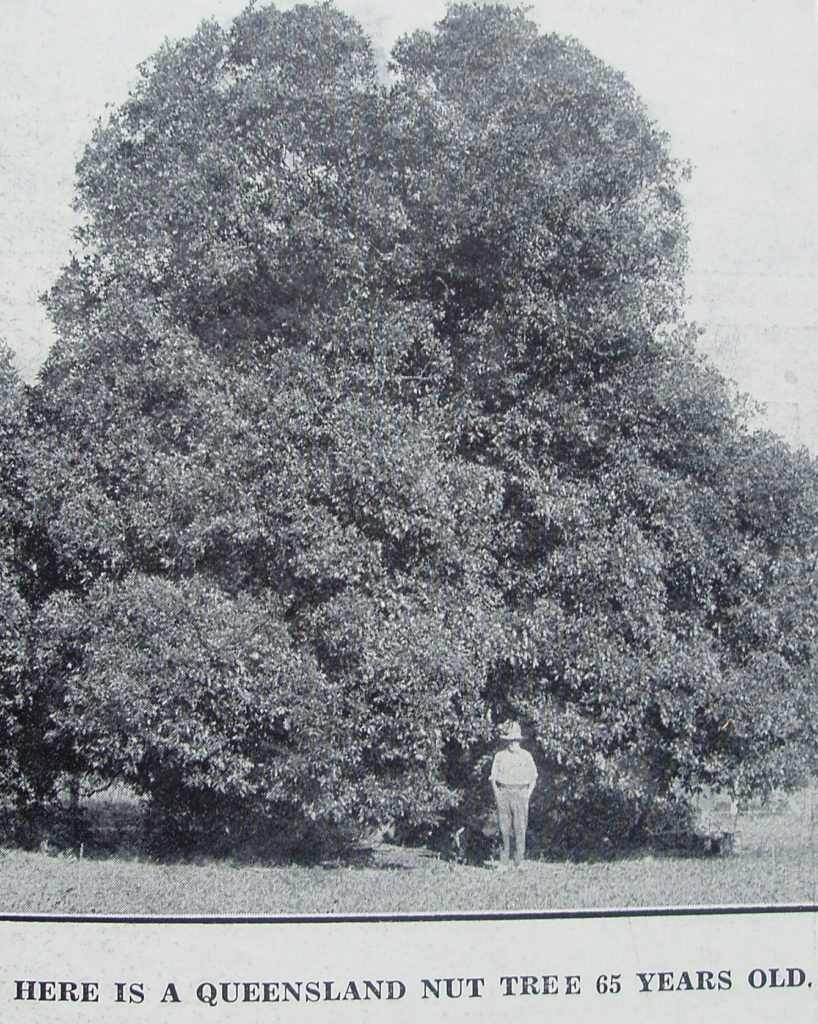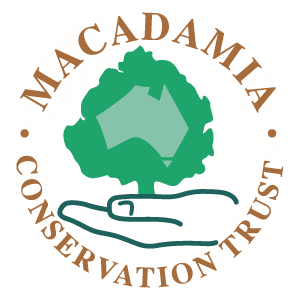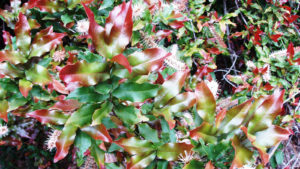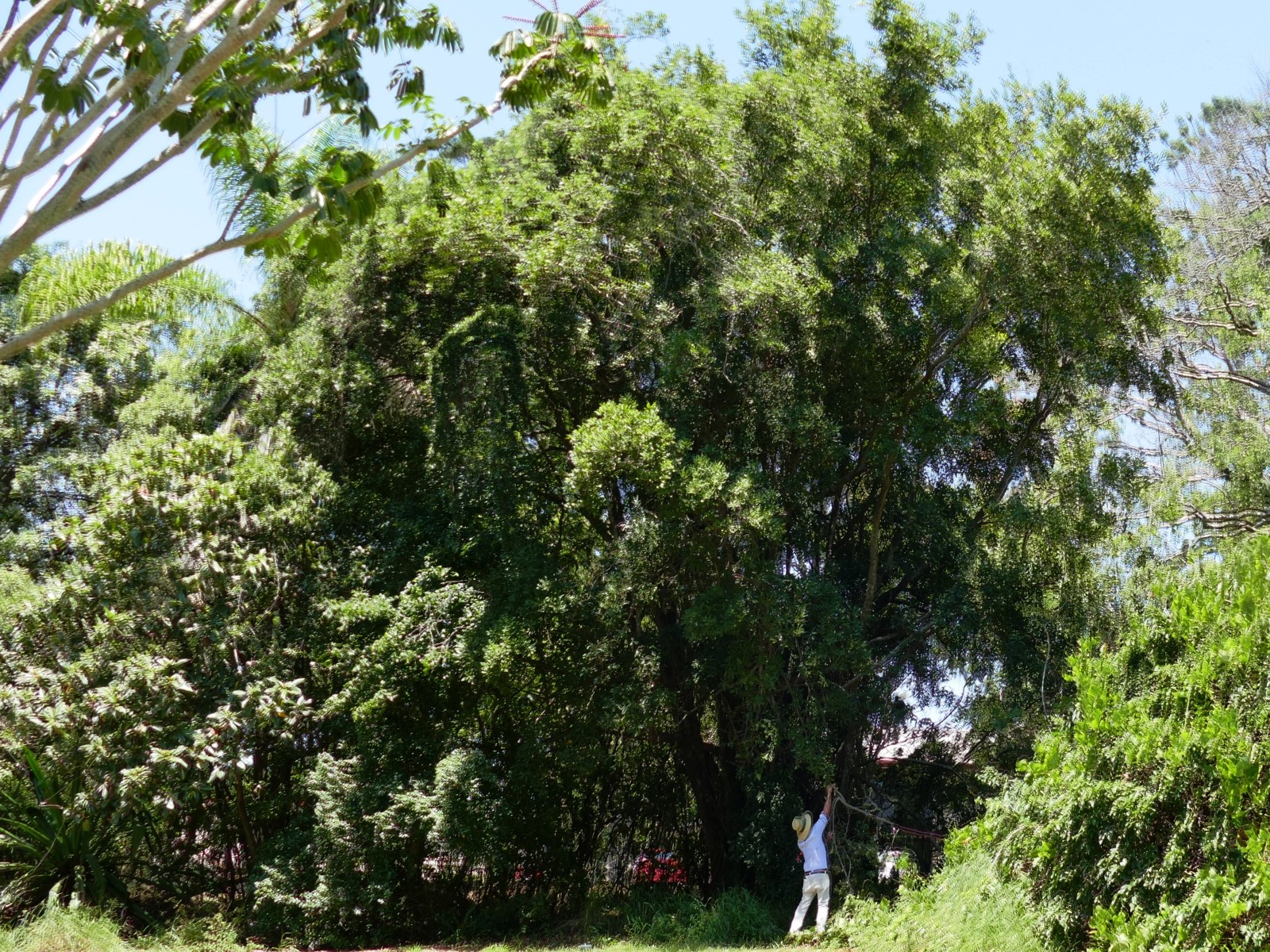Cultivated macadamia trees have significantly less genetic diversity than wild trees. This means wild trees may have a greater capacity to respond to changing conditions, new diseases, human needs, and climatic change. Learning more about the genetic composition of wild macadamias gives us the chance to conserve and protect this important native species.
There might be one in your backyard: Join the hunt and become a citizen scientist

Wild macadamias can be found in suburban backyards, acreage blocks, pastoral properties, old orchards, and local parks and we need your help to find them.
Anyone with an old macadamia tree is encouraged to join the Hunt and register their tree through the Hunt’s online portal developed by the Atlas of Living Australia. By doing so, you are working with researchers on a citizen science project to deliver scientific outcomes that contribute to the protection of these precious species.
This extract from a 1931 newspaper shows that the tree that Andy was rescuing from vines in 2019 was planted by Tom Petrie in 1866.
CEO of natural resource management group for South East Queensland, Healthy Land and Water, Julie McLellan says the project has been expanded following a successful Brisbane pilot project. She says the Brisbane hunt revealed some very exciting information about wild macadamia trees and the results have been made available online on the Wild Macadamia Hunt map.
Old trees (those around 100 years old) are more likely to be of wild rather than of cultivated origins, especially those not growing in bushland. Tell us about your tree and share photos with us through the online portal. If it sounds like one we are looking for, we will ask you to collect a leaf sample and send it for storage and future genetic analysis. Once samples are compiled and the leaves analysed, the results will help determine the best way to conserve our wild macadamia trees.
The Wild Macadamia Hunt was the brainchild of macadamia researchers who worked closely with Healthy Land and Water to develop this important project. Other active collaborators include the Macadamia Conservation Trust, Southern Cross University, University of Queensland, Queensland Government, local councils, and the Australian Macadamia Society.
Taking part in the Wild Macadamia Hunt is as easy as 1,2,3
1. Next time you are in your yard or local park, keep an eye out for macadamia trees you think might be of interest and take some photos
2. Register the tree/s through the online portal (we’ve included some questions to help you know the information we are looking for, including what the tree looks like and where you saw it. You can also upload photos of the tree).
3. We will contact you if your tree is of interest and ask you to collect a few leaves and send them in for genetic analysis.
This project is proudly supported by Brisbane City Council and the Queensland Government—Queensland Citizen Science Grants.



 Will wild populations of macadamia survive climate change?
Will wild populations of macadamia survive climate change?